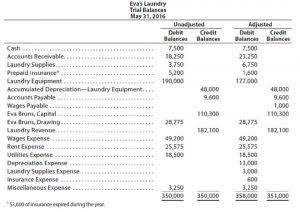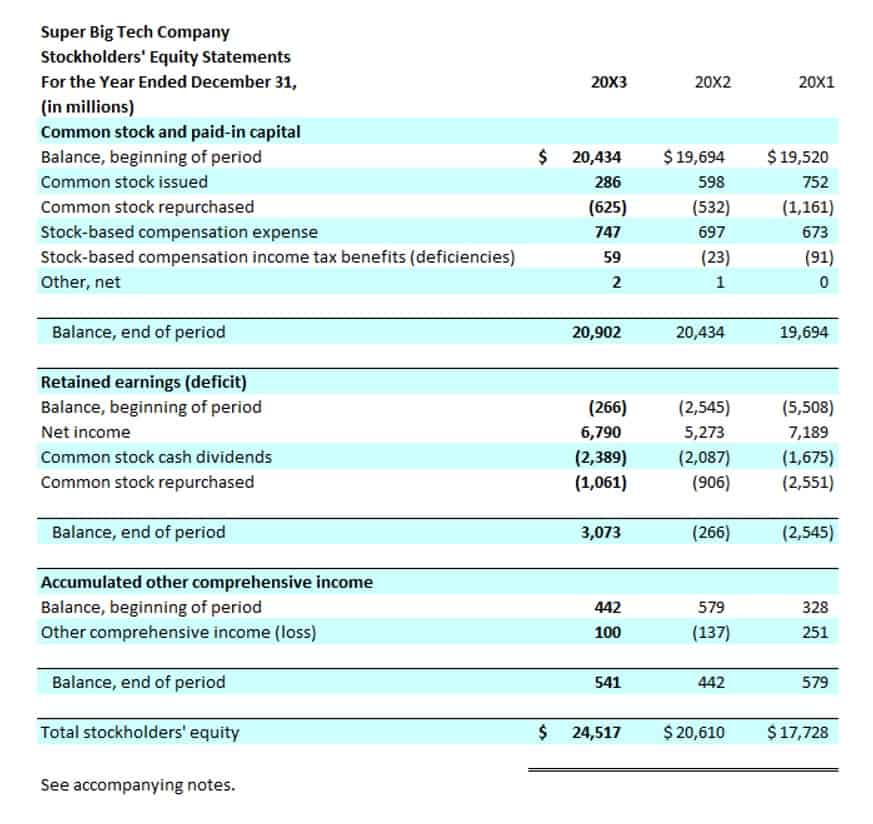
The predetermined overhead rate formula can be used to balance expenses with production costs and sales. For businesses in manufacturing, establishing and monitoring an overhead rate can help keep expenses proportional to production volumes and sales. It can help manufacturers know when to review their spending more closely, in order to protect their business’s profit margins. As the production head wants to calculate the predetermined overhead rate, all the direct costs will be ignored, whether direct cost (labor or material). The companies use different allocation bases when calculating their predetermined overhead rates.
Determining the Predetermined Overhead Rate Formula
The overhead rate for the packaging department is calculated by taking https://www.bookstime.com/ the estimated manufacturing overhead cost and dividing it by the estimated direct labor cost. A predetermined overhead rate is an estimated amount of overhead costs that will be incurred during a set period of time. This rate is used to allocate or apply overhead costs to products or services.
Actual Overhead

We’re a headhunter agency that connects US businesses with elite LATAM professionals who integrate seamlessly as remote team members — aligned to US time zones, cutting overhead by 70%. It’s important to note that if the business uses the ABC system, the individual activity is absorbed on a specific basis. For instance, cleaning and maintenance expenses will be absorbed on the basis of the square feet as shown in the table above. Detailed cost analysis helps to estimate the cost of overheads with accuracy.
How to Calculate?
- It’s also important to note that budgeted figures in calculating overhead rates are used due to seasonal fluctuation/expected changes in the external environment.
- Common examples of activity drivers are machine hours, direct materials, or direct labor hours.
- As the production head wants to calculate the predetermined overhead rate, all the direct costs will be ignored, whether direct cost (labor or material).
- Renegotiating contracts with vendors may yield savings on supplies or services.
- In simple terms, it’s a kind of allocation rate that is used for estimated costs of manufacturing over a given period.
- Manufacturing overhead costs include all manufacturing costs except for direct materials and direct labor.
Allocating overhead this way provides better visibility into how much overhead each department truly consumes. So the company would apply $5 of overhead cost to the cost of each unit produced. On the other hand, if the business wants to use actual overheads, it has to wait for the end of the month and get invoices in hand.
Editorial Process

As the name implies, these overhead rates take into account the entire plant and not a particular segment or department. The plantwide overhead rate might not help obtain exact figures, but predetermined overhead rate formula the estimates are efficient enough for better planning. Based on the above information, we must calculate the predetermined overhead rate for both companies to determine which company has more chance of winning the auction. Hence, the fish-selling businesses need to monitor the seasonal variations and adjust the cost pattern of the products.

Analyzing Departmental Overhead Rates
This can help to keep costs in check and to know when to cut back on spending in order to stay on budget. Many accountants always ask about specific time which we need to do this, at what point in time is the predetermined overhead rate calculated. The predetermined rate usually be calculated at the beginning of the accounting period by relying on the management experience and prior year data. We can calculate predetermined overhead for material using units to be allocated. For example, we can use labor hours worked, and for calculating overhead for the store department, we can use the quantity of material to be used. According to a survey 34% of the manufacturing businesses use a single plant wide overhead rate, 44% use multiple overhead rates and rest of the companies use activity based costing (ABC) system.

Their amount of allocated overhead is not publicly known because while publications share how much money a movie has produced in ticket sales, it is rare that the actual expenses are released to the public. Pricing decisions, product line decisions, financial forecasting, and cost control are all crucial strategic areas where the predetermined overhead rate becomes an indispensable asset. Now, calculate the predetermined overhead rate for the departments listed above. Large companies will typically have a predetermined overhead rate for each production department. Next, calculate the predetermined overhead rate for the three companies above. The predetermined rate is based on estimates before the accounting period begins and is held constant throughout the period.
To calculate a predetermined overhead rate, divide the manufacturing overhead cost by the units of allocation. The manufacturing plant requires 1000 labor hours to manufacture 500 units of a specific product, which we Certified Public Accountant assume as product X. The same manufacturing plant also produces 1000 units of another product, which we call product Y, using 500 labor hours.




